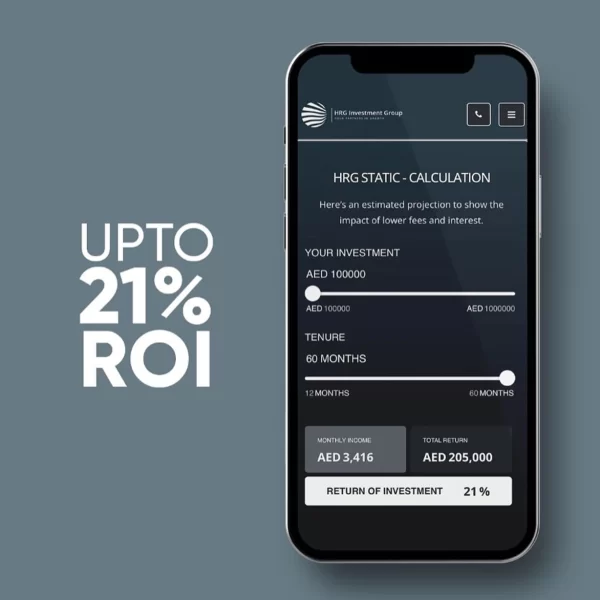
Portfolio Management is a crucial service offered by financial institutions and professionals like Andeta Investment. It involves the strategic management of a client’s investment portfolio to achieve specific financial objectives while considering their risk tolerance, investment horizon, and overall financial goals. Here are key aspects of portfolio management:
Risk Assessment: Portfolio managers begin by understanding the client’s risk tolerance. This involves assessing how much risk the client is willing to take on in pursuit of their financial goals. Some clients prefer conservative, low-risk investments, while others may be comfortable with higher-risk, potentially higher-reward strategies.
Goal Setting: Portfolio managers work with clients to establish clear financial goals. These goals could include wealth accumulation, retirement planning, funding education, or any other financial objective. The goals provide the foundation for crafting an investment strategy.
Asset Allocation: Asset allocation is a critical component of portfolio management. It involves distributing the client’s investments across various asset classes, such as stocks, bonds, real estate, and alternative investments. The allocation is determined based on the client’s risk tolerance and goals. The goal is to create a diversified portfolio that can potentially reduce risk while optimizing returns.
Investment Selection: Portfolio managers select specific investments within each asset class based on their analysis of market conditions, economic factors, and the client’s preferences. They consider factors like company fundamentals, industry trends, and potential for growth or income.
Monitoring and Rebalancing: Once the portfolio is constructed, it requires ongoing monitoring. Portfolio managers continuously assess the performance of individual investments and the portfolio as a whole. If the portfolio drifts away from its target asset allocation due to market fluctuations, they may rebalance it to bring it back in line with the client’s objectives.
Risk Management: Portfolio managers implement risk management strategies to protect the client’s capital. This may include setting stop-loss orders, diversifying investments, and adjusting the portfolio’s asset allocation as market conditions change.
Performance Reporting: Clients receive regular reports detailing the performance of their investment portfolio. These reports offer transparency and allow clients to track progress toward their financial goals.
Communication: Effective communication is key. Portfolio managers maintain open lines of communication with clients, discussing any changes in strategy, market conditions, or any adjustments to the portfolio.
Customization: Portfolio management is highly customized to meet the individual needs and preferences of each client. It takes into account factors like the client’s age, investment horizon, income needs, and risk tolerance.
Tax Efficiency: Portfolio managers often employ tax-efficient strategies to minimize the tax impact of investments, helping clients keep more of their returns.
Overall, portfolio management aims to help clients build and manage a diversified investment portfolio that aligns with their financial goals, risk tolerance, and time horizon. It is a dynamic process that adapts to changing market conditions and client needs, all with the aim of optimizing returns while managing risk. Andeta Investment’s portfolio management services are designed to provide clients with a disciplined and strategic approach to growing and preserving their wealth.



